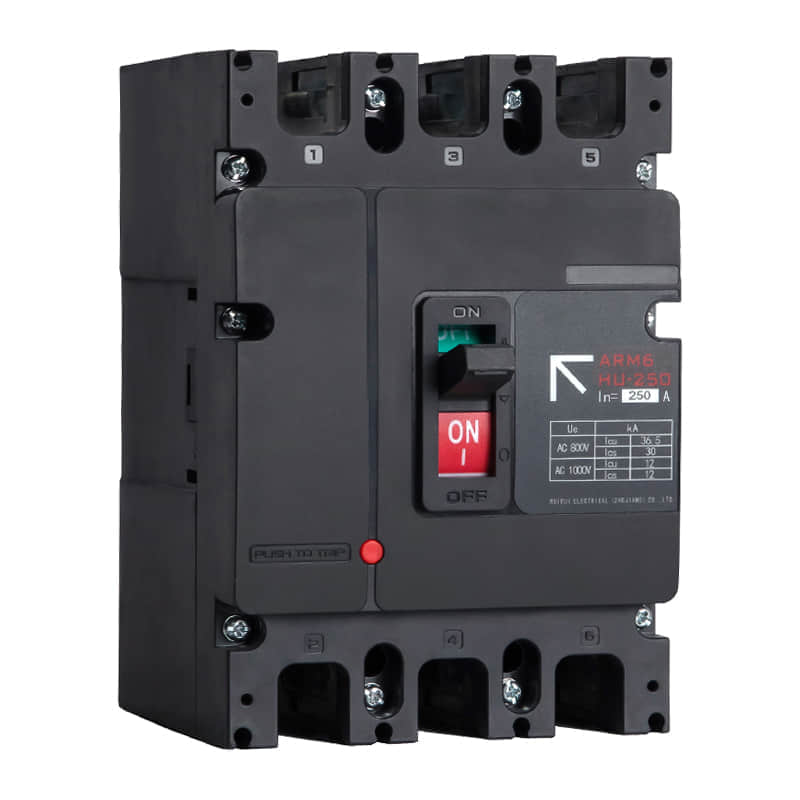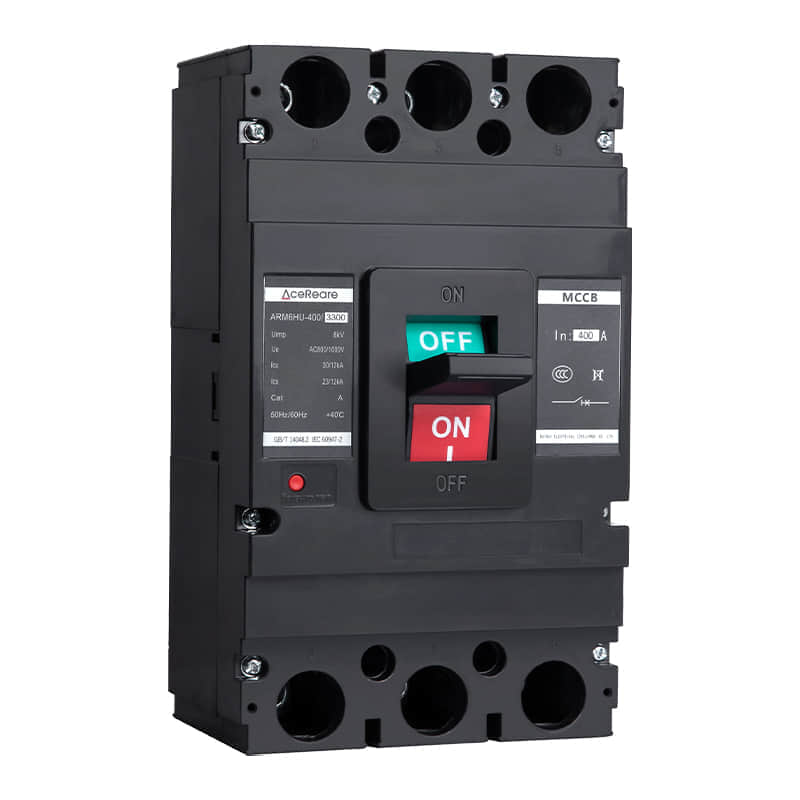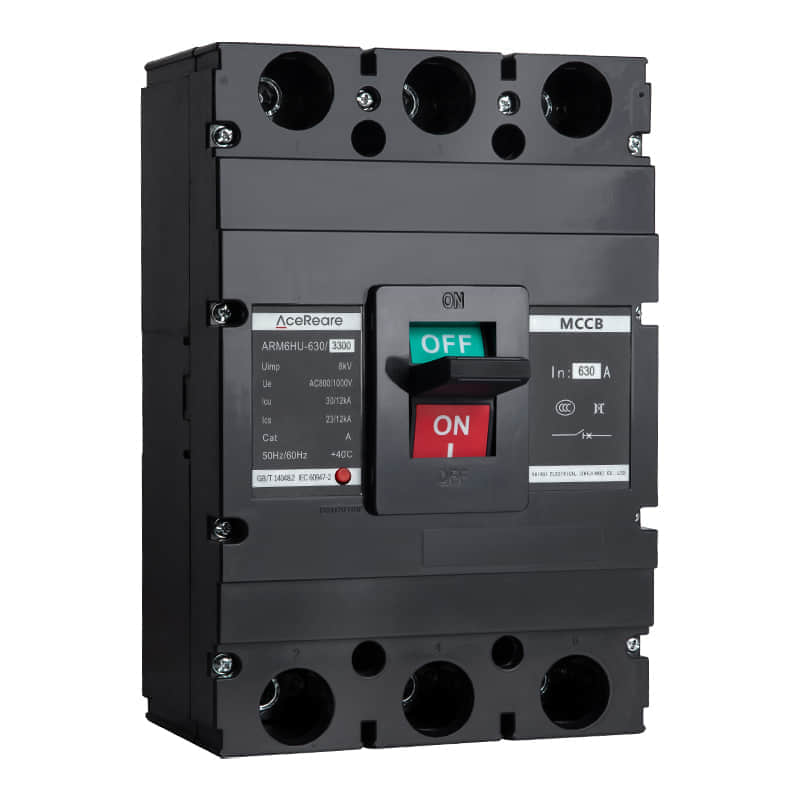Introduction

Molded Case Circuit Breakers (MCCBs) are pivotal components of modern electrical systems, providing protection against overloads and short circuits. These devices play a crucial role in ensuring the safety and reliability of various applications, from residential buildings to industrial complexes. In this article, we will delve into the essential features, working principles, and applications of MCCBs.

Features and Components MCCBs are designed to interrupt current flow in a circuit when abnormalities are detected, preventing damage to equipment and reducing the risk of electrical fires. They consist of several key components: Frame: The outer casing that contains and protects the internal components of the MCCB. Operating Mechanism: A mechanism that controls the opening and closing of the circuit breaker. This can be manually operated or motor-driven. Current Carrying Components: These include contacts, arc chutes, and current-carrying conductors that facilitate the interruption of the electrical current. Trip Unit: The heart of the MCCB, the trip unit detects overloads and short circuits and initiates the opening of the circuit breaker. Modern MCCBs often feature electronic trip units that provide advanced protection features and adjustable settings. Working Principles When the current in a circuit exceeds the rated limit, or a short circuit occurs, the MCCB’s trip unit reacts to the abnormal conditions. The trip unit assesses the current and time characteristics to distinguish between short-term overloads and sustained overcurrents. In the case of a short circuit, the sudden increase in current generates an arc. The arc chutes in the MCCB utilize a combination of magnetic and thermal forces to quench the arc and rapidly extinguish it. This quick interruption of the current prevents further damage. Applications MCCBs find application in various settings due to their reliability and versatility: Residential Buildings: In homes, MCCBs guard against overloads caused by multiple appliances running simultaneously. They are an integral part of distribution boards, protecting wiring and appliances from excessive currents. Commercial Establishments: In commercial buildings, MCCBs safeguard lighting systems, air conditioning units, and other electrical installations. Industrial Facilities: Industrial complexes rely on MCCBs to protect machinery and equipment. Their ability to handle higher currents and voltages makes them suitable for heavy-duty applications. Renewable Energy Systems: MCCBs are crucial in solar and wind energy systems, ensuring the safety of power generation and distribution components. Data Centers: MCCBs are used to protect critical infrastructure in data centers, preventing downtime and potential data loss due to electrical faults. Maintenance and Testing Regular maintenance and testing of MCCBs are essential to ensure their continued reliability. Periodic inspections can identify signs of wear and tear, corrosion, or calibration issues. Additionally, testing the trip functions under controlled conditions verifies the MCCB’s responsiveness to overloads and short circuits. Conclusion Molded Case Circuit Breakers play a vital role in maintaining the safety and stability of electrical systems across various sectors. Their ability to swiftly interrupt faulty currents, prevent damage, and mitigate potential hazards underscores their significance. As technology advances, MCCBs continue to evolve, integrating smart features and enhanced protection capabilities. By understanding their features, working principles, and applications, we can better appreciate the role MCCBs play in modern electrical engineering.
